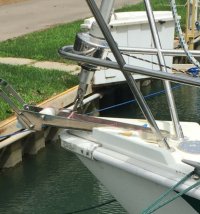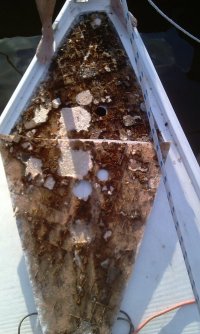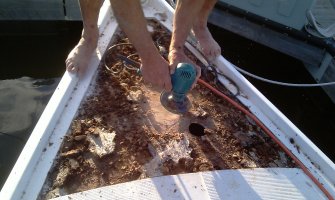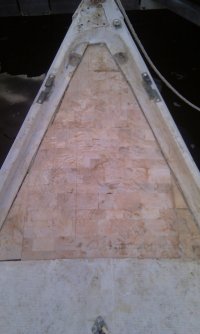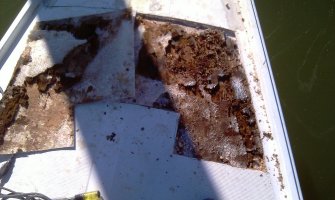Papidoos56
1973 E32-2
Ok, so as some of you know, I am restoring a majorly neglected 32-2. There is extensive moisture and rotted balsa below the surface. I have actually opened up the entire foredeck and am starting on the port and starboard sides. The prior owner should be hog tied, tar and feathered, then shot for allowing it to get so bad. If any of you just treat the "problem" with a little caulk... the same goes for you! A deep cut requires stiches, not a band-aid.! !00 hours of work...at least... for what could have been corrected at the time with two or three hours of work. WHAT AN *SSHOLE!
Anyway.. my concern is that the balsa seems to be varying in thickness from about 1/2" to about 1/4". On the port side it was 1/2". All of it. Then once I started to go to the starboard side it appeared to get thinner. I was scraping at most a 1/4' from the layer between the deck and the the fiberglass top coat I removed. Has anyone else seen this major inconsistancy in the deck work????? Terrible,
Anyway.. my concern is that the balsa seems to be varying in thickness from about 1/2" to about 1/4". On the port side it was 1/2". All of it. Then once I started to go to the starboard side it appeared to get thinner. I was scraping at most a 1/4' from the layer between the deck and the the fiberglass top coat I removed. Has anyone else seen this major inconsistancy in the deck work????? Terrible,

